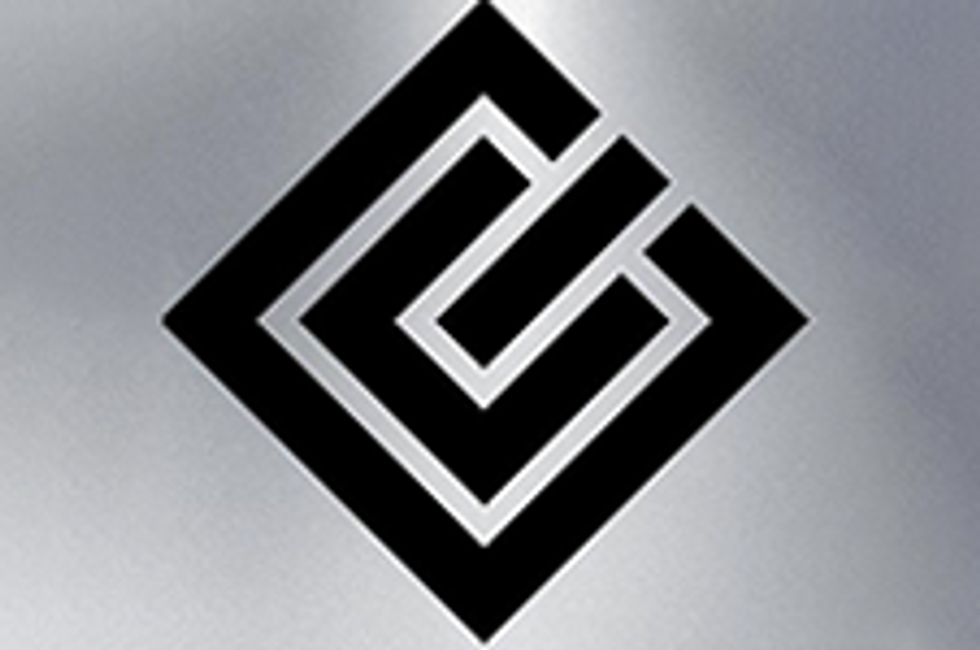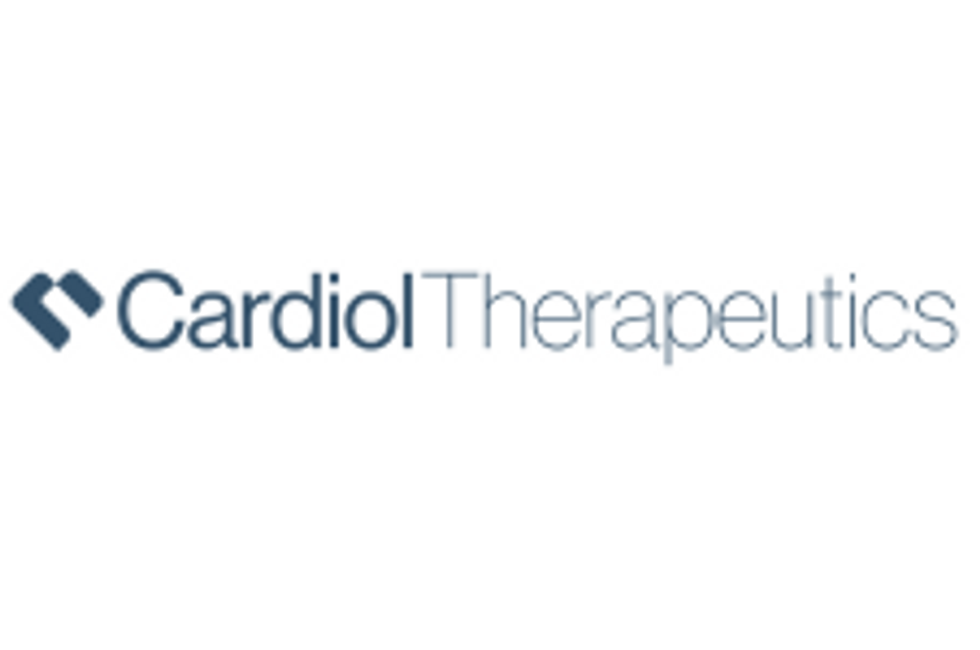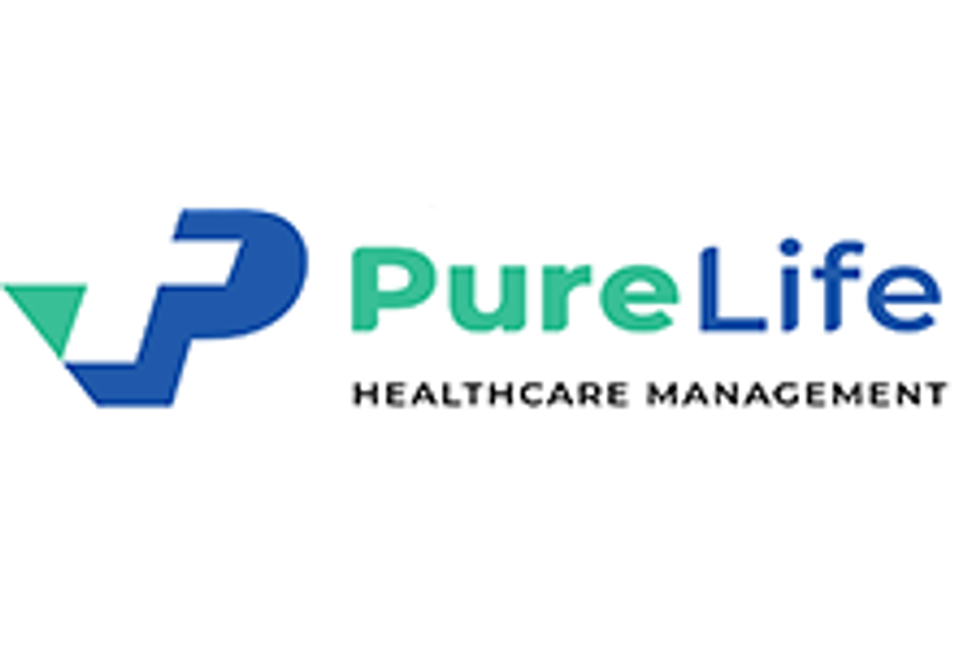- AustraliaNorth AmericaWorld
Investing News NetworkYour trusted source for investing success
- Lithium Outlook
- Oil and Gas Outlook
- Gold Outlook Report
- Uranium Outlook
- Rare Earths Outlook
- All Outlook Reports
- Top Generative AI Stocks
- Top EV Stocks
- Biggest AI Companies
- Biggest Blockchain Stocks
- Biggest Cryptocurrency-mining Stocks
- Biggest Cybersecurity Companies
- Biggest Robotics Companies
- Biggest Social Media Companies
- Biggest Technology ETFs
- Artificial Intellgience ETFs
- Robotics ETFs
- Canadian Cryptocurrency ETFs
- Artificial Intelligence Outlook
- EV Outlook
- Cleantech Outlook
- Crypto Outlook
- Tech Outlook
- All Market Outlook Reports
- Cannabis Weekly Round-Up
- Top Alzheimer's Treatment Stocks
- Top Biotech Stocks
- Top Plant-based Food Stocks
- Biggest Cannabis Stocks
- Biggest Pharma Stocks
- Longevity Stocks to Watch
- Psychedelics Stocks to Watch
- Top Cobalt Stocks
- Small Biotech ETFs to Watch
- Top Life Science ETFs
- Biggest Pharmaceutical ETFs
- Life Science Outlook
- Biotech Outlook
- Cannabis Outlook
- Pharma Outlook
- Psychedelics Outlook
- All Market Outlook Reports
Once a drug patent expires, a generic drug company can manufacture a generic bioequivalent. What does that mean for consumers? And are generic drugs just as good as brand-name drugs?
When it comes to buying pharmaceutical products, consumers sometimes find themselves stuck in a “drug war” they may not have been expecting.
The war in question is between Big Pharma and generic drug companies, which are able to manufacture generic versions of brand-name drugs once the initial manufacturer’s exclusivity patent expires. The situation is complicated, and can leave consumers with many questions—for instance, how do brand-name and generic drugs differ? And are generic drugs just as good as brand-name drugs?
Here’s a look at the differences between the two, and what consumers need to know about both.
Brand-name drugs vs. generic drugs
Also known as “innovator drugs,” brand-name pharmaceuticals are initially marketed as new chemical entities, with the first version sold by the innovator manufacturers. However, when a manufacturer’s drug exclusivity patent expires, typically 12 years from the initial filing date, the manufacturer loses the ability to maintain a monopoly over the market of its drug, and a generic drug company can come and replicate the original drug.
Keeping in line with US Food and Drug Administration (FDA) guidelines, a generic drug must be “identical—or bioequivalent—to a brand name drug in dosage form, safety, strength route of administration, quality, performance characteristics and intended use.” A generic drug will only be approved if it has met the aforementioned criteria; that said, generic drugs are not obligated to contain the same inactive ingredients as the brand name.
Generic drug companies do not operate like brand-name pharmaceutical companies. The main difference, of course, is the amount of money a generic drug company needs to invest in its products. Whereas a branded pharmaceutical company must often spend at least a billion dollars in research and development over the course of up to 15 years, a generic company can bring its product to market shortly after the patent has expired. It can also enjoy a 180-day period of exclusivity if it is the first company to the market.
Does cost cutting mean quality cutting?
One of the benefits of generic drugs—and this is meant more in relation to consumers—is that they cost significantly less than their brand-name counterparts. That’s because there are no discovery costs associated with generic drugs.
Lower costs can be a red flag to consumers who might be inclined to believe that a lower price must mean a lower-quality product. However, as the FDA highlights, generic drug companies are required to prove that their drugs are the same as the brand-name versions. Further to that, all manufacturing, packaging and testing sites must adhere to the same quality standards as those of the brand-name drug companies.
The FDA goes so far as to note that many generic drugs are made in the same manufacturing plants as brand-name products.
Generic drug companies and the consumer market
In the US, eight out of 10 prescriptions filled are for generic drugs. While for consumers this number represents cost savings, for companies it represents the opposite.
In 2012, Investor Place looked at the impact that hitting the “patent expiration cliff” had on Pfizer (NYSE:PFE), whose anti-cholesterol drug, Lipitor, saw its patent expire in November 2011. In a few short months, Watson Pharmaceuticals and Ranbaxy Laboratories (NSE:RANBAXY) came to the market with a generic version of Pfizer’s drug. The news outlet notes that “within the first week of generic versions of Lipitor being unveiled, sales of the original Pfizer drug were cut in half.”
The generic drug market is expected to continue gaining in volume and market share. According to a report by IMS Health, from 2013 through to 2018 the generic drug market is expected to account for more than 50 percent of global pharmaceutical spending growth; that’s compared to 35 percent for brand-name drugs.
The NASDAQ recently reported that from 2011 to 2020, drugs with annual sales of $200 billion will be losing their patent protection, which could spell revenue losses for Big Pharma. It could also mean the potential for significant new revenues for generic drug companies.
“In fact, the patent cliff has generated enough financial resources and market clout for the generic manufacturers to help them transition from fringe players into what can be called the ‘New Big Pharma’ industry, and move into new and exciting area and products,” the publication states.
This is an update to an article originally published on February 15, 2016.
Securities Disclosure: I, Vivien Diniz, hold no direct investment interest in any company mentioned in this article.
Outlook Reports
Featured Pharmaceutical Investing Stocks
Browse Companies
MARKETS
COMMODITIES
| Commodities | |||
|---|---|---|---|
| Gold | 2371.66 | -10.14 | |
| Silver | 28.39 | -0.50 | |
| Copper | 4.32 | -0.06 | |
| Oil | 85.35 | -0.06 | |
| Heating Oil | 2.66 | 0.00 | |
| Natural Gas | 1.70 | 0.00 | |
Investing News Network websites or approved third-party tools use cookies. Please refer to the cookie policy for collected data, privacy and GDPR compliance. By continuing to browse the site, you agree to our use of cookies.


